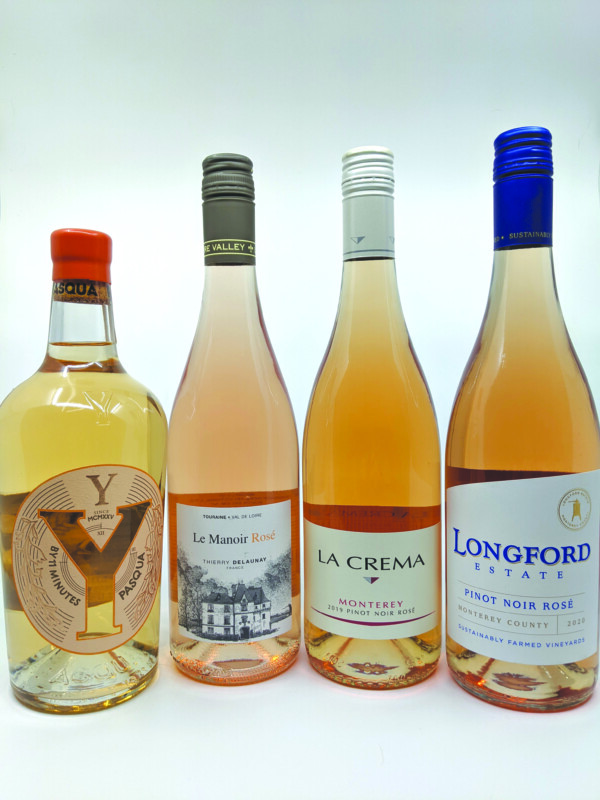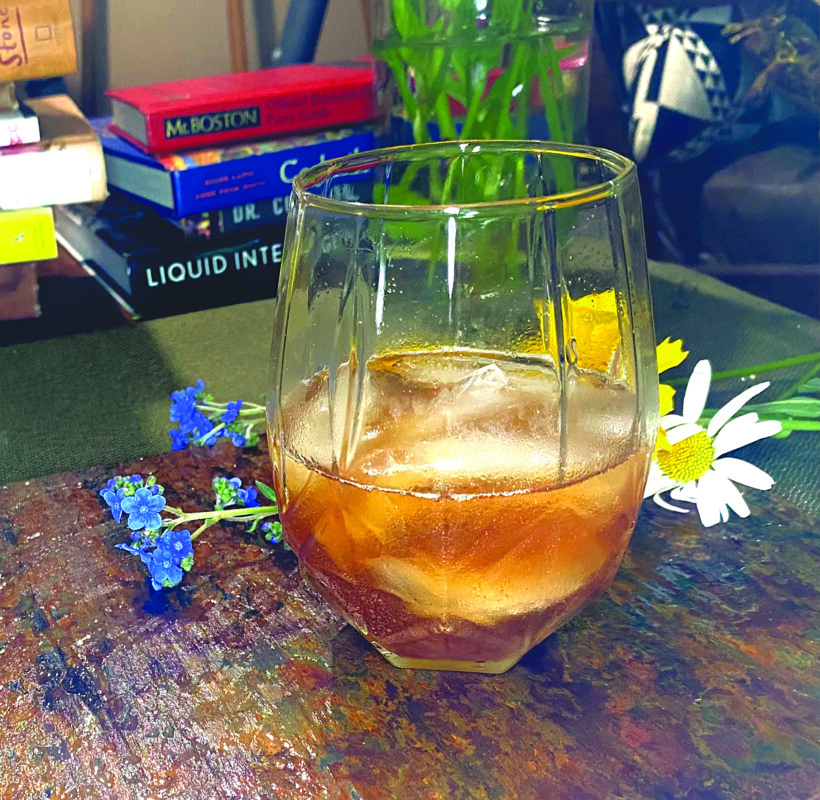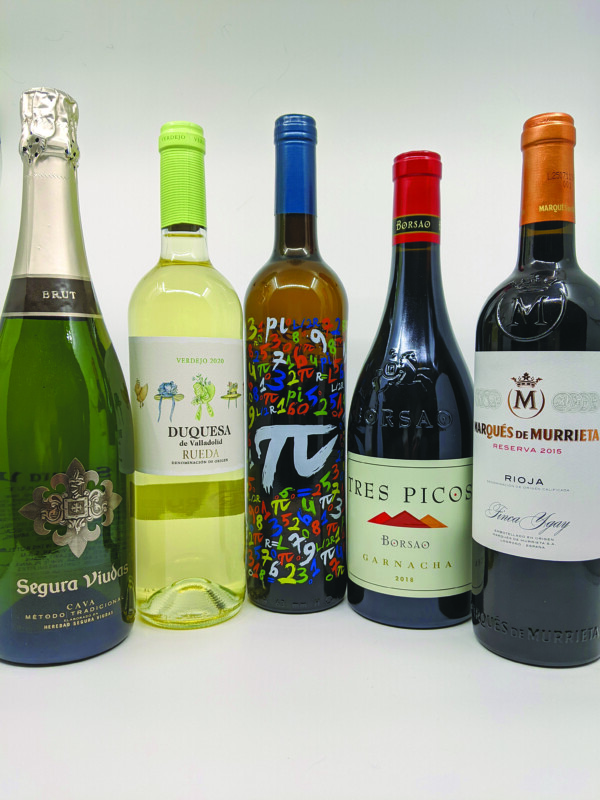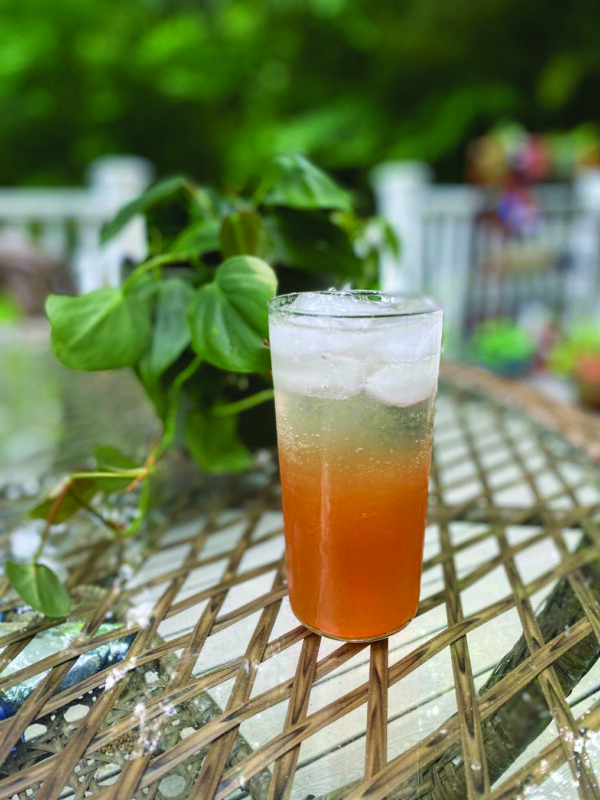I’ve never been very good at meditating.
I had an instructor tell me once that it’s important to listen to your heartbeat or think very hard about your breathing. The way he put it, your brain is like a monkey that is always looking for something to do, so you need to distract it with counting and stuff.
“That makes sense,” I thought to myself. “Because, when you think about it, monkeys are pretty mystical creatures. It’s weird how wizards and witches have familiars and patronuses like cats or elk, because it would be really something to meditate and manifest a pack of angry mandrills. And actually, Angry Mandrill would be a really good name for a high-proof, banana-flavored rum. Maybe with chilies in it….”
And I missed another opportunity for self-enlightenment.
The only time I actually ever succeeded at meditating, it happened — as so many important things in life do — when I wasn’t trying to.
At one point in my youth, I found myself broke on the streets of Mombasa, on the East Coast of Africa. Well, not broke-broke — not George Orwell broke — but not in a position to be picky about my hotel accommodations. Somehow, I found myself surprised at how hot and humid it was. This should not have been much of a shock, as I was on the Equator, about a mile from the Indian Ocean, but The Obvious has always been a bit of a blind spot for me.
I needed someplace to stay, and I followed a couple of German backpackers to a not-quite-scary, kind-of-OK-if-you-squinted-at-it-hard-enough hotel. I managed to score a room for a couple of dollars a night.
(As it turned out, the reason the cheapest room was so cheap was that its window was right next to the loudspeaker of the mosque next door that called worshipers to prayer at five each morning. But that’s another story.)
Obviously, my room didn’t have anything like air conditioning — though there was a large ceiling fan over my bed — and I didn’t have any money to go out at night, but that was OK, because the sheer, overwhelming heat and humidity sucked away any enthusiasm I might have had to do anything anyway.
For two nights, I lay on my bed all night, under the fan sweating.
I kept two or three liters of water by the bed and I would alternate sweating and drinking, drinking and sweating. Taking in water, and feeling it seep back out of me. Over and over again.
It was the single most meditative experience of my life.
So, as I look at the weather forecast for the next week, with temperatures and humidity predicted to be in the 90s, I find myself somewhat uncharacteristically nostalgic for Mombasa.
Mombasa Michelada
A michelada is a Mexican beer cocktail. Many people make theirs very much like a bloody mary, with tomato or even clam juice, spices and sometimes an extra shot of tequila. I like mine a little on the lighter side to facilitate the whole meditative sweating thing.
1 lime wedge and some chili-lime spice to rim the edge of your glass or mug. I like Tajin.
2 oz. passion fruit cocktail – you can find this on the top shelf in the juice aisle at your supermarket
- ½ teaspoon hot sauce – I like Cholula
- ½ teaspoon miso paste
- A pinch of celery salt
- A pinch of black pepper
- A handful of torn and mangled cilantro leaves
- A bottle of Pilsner or lager beer – you can’t go wrong with something Mexican like Modelo
Rub the rim of your glass with your lime wedge, then set it aside for your garnish. Sprinkle some of your chili-lime powder on a plate and touch the rim of your glass down in it to rim the edge of the glass.
Chop or tear your cilantro and put it in the bottom of your glass. This is optional, if you are one of those people who think it tastes like soap, but it is highly recommended.
Fill the glass halfway with ice. This is somewhat heretical; you have been warned.
In a separate dish or cup, mix the hot sauce, miso, celery salt and pepper into a paste. Slowly mix in the passion fruit juice, until it is all smoothly mixed. Pour the mixture into your glass.
Fill the glass with beer and garnish with your lime wedge. Stir gently.
Beer, spice and acidity are excellent playmates. This is a surprisingly meditative drink.
Hmm. Delicious, but maybe a bit strong — add more beer.
Oh, that’s good! But now the cilantro is taking over a little — add a little more juice.
Repeat.
I’m not saying that this experience will be the same as lying under a fan on the equator, counting the cracks in the ceiling, but I recommend it anyway.
Featured photo. Mombasa Michelada. Photo by John Fladd.






